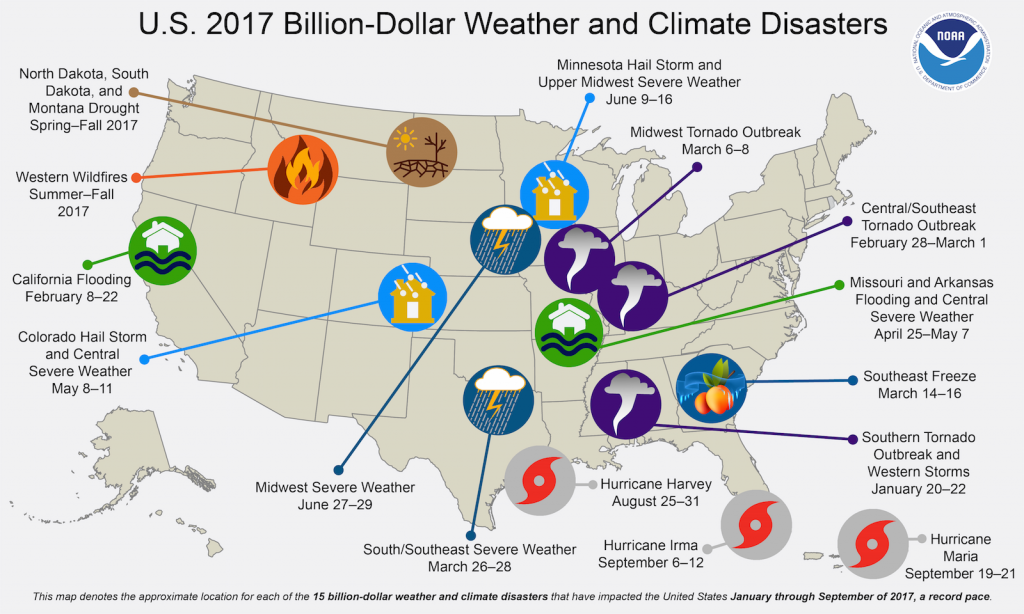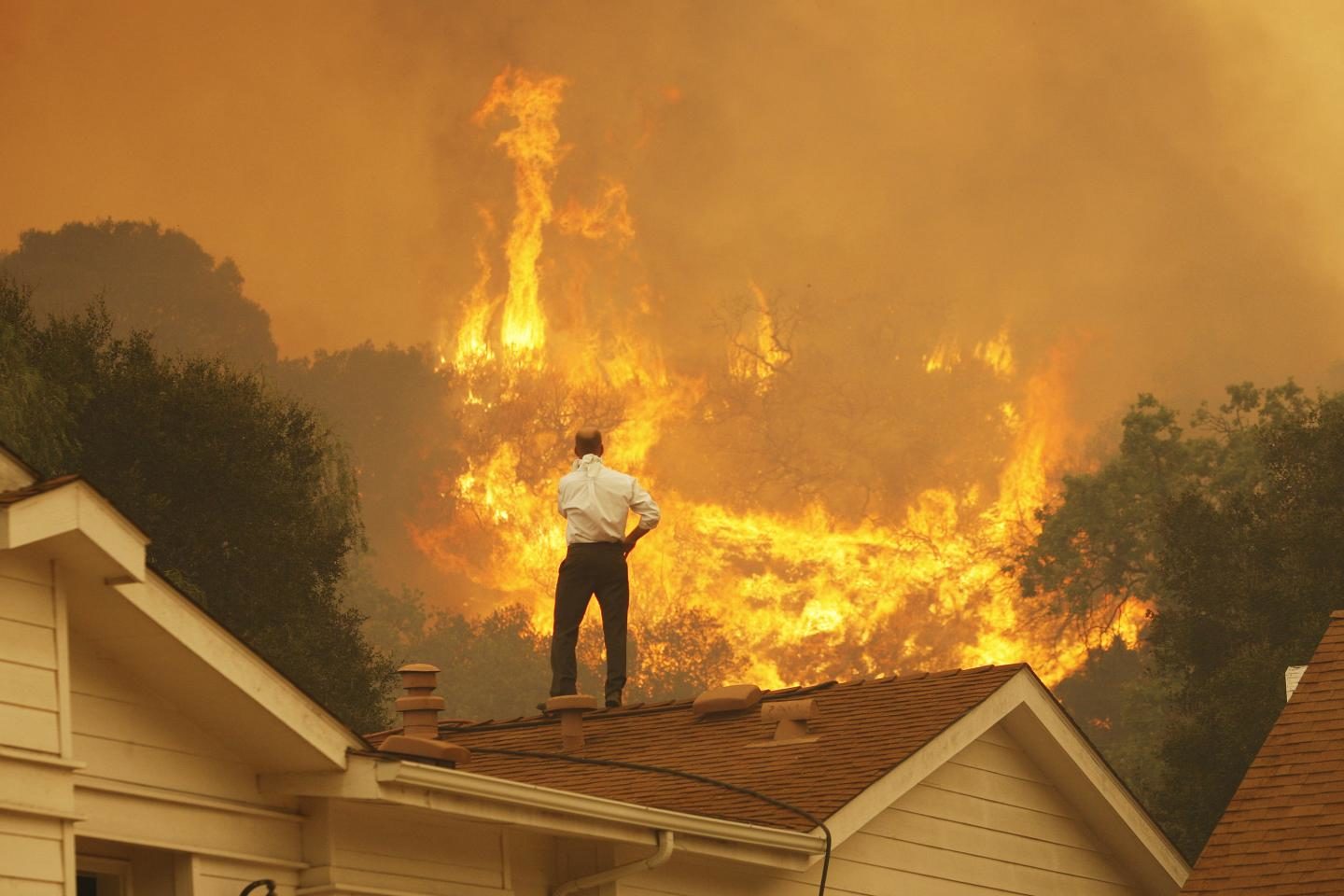2017 is on track to break the record—set in 2015—for total acres burned by wildfires in the United States. This fall’s wildfires in Northern California made explicit the intersection between this intensifying risk and the constant of suburban development, especially as that development continues into fire-prone regions.
How might risk-minded designers plan in the face of this specific threat? The Harvard Graduate School of Design’s Jesse M. Keenan outlines some principal considerations in a recent Newsweek article, co-authored with Alice Hill, Research Fellow at the Hoover Institution of Stanford University, and former Senior Director for Resilience Policy at the National Security Council and Special Assistant to President Obama.
In the context of wildfires, a cornerstone of risk evaluation is a metric called the Wildland Urban Interface, or WUI. WUI indexes the conversion of wildland to developed territory. WUI indicates an explosion in wildland development over recent years, Hill and Keenan note, reaching 4,000 acres per day or close to 2 million acres per year. The intersection between this WUI growth, and the increasing frequency and spread of wildfires, is laden with risk.

Hill and Keenan also indicate that the so-called “fire season” has continued to lengthen over the past several decades, and that, since 2000, climate change has been attributed to adding 9 additional days of high fire season. The environmental context facing designers and developers is thus increasingly risky.
And, of course, building material matters.
“This past summer, the world expressed outrage when they learned that the highly flammable façade of the Grenfell Tower in London led to its rapid incineration,” Hill and Keenan write. “Yet, many of our homes reflect a similar trade-off between cost and safety.”
The authors re-contextualize a lack of resilience design in the built environment as a consequence of a set of economic trade-offs that operate to marginalize homebuyers and communities. They point to incidents in which extreme events (e.g., hurricanes, earthquakes) have led to stronger building codes and requirements, suggesting that, in the face of this year’s particularly devastating wildfires, now is a ripe time to insist on building practices that ensure a reduction in the built environment’s exposure to wildfires.
“Firefighters understand the growing risks of wildfires in the WUI,” Hill and Keenan conclude. “The rest of the nation, including the homebuilding industry, needs to insist on designing for fire resilience.”
Questions of risk and resilience in the built environment are at the heart of much of Keenan’s work and research. He has currently serves as the Chair for the U.S. Community Resilience Panel for Buildings and Infrastructure Systems and is currently the Review Editor of the Urban Systems & Built Environment and Transportation chapters of the 4th National Climate Assessment, advanced by the U.S. Global Change Research Program in coordination with 13 federal agencies. This fall has been a busy semester for Keenan, who has advised on issues relating to climate migration, Puerto Rican refugee management, post-disaster economic impact and housing reconstruction. Keenan also recently co-authored the climate adaptation plan for the New York metropolitan region with the Regional Plan Association.
At the GSD, Keenan is co-director of the Master in Design Studies program’s Real Estate and the Built Environment concentration, as well as a lecturer in architecture. Hill has been a central figure in the development of national policies and programs for advancing resilience and adaptation. At the Hoover Institution, Hill continues to advance a global dialogue at the intersection of national security, public policy and climate resilience.
Hill joined Keenan for a series of lectures at the GSD and at the university earlier this month, entitled “Resilience as Policy” that was co-sponsored by the Harvard University Center for the Environment.
